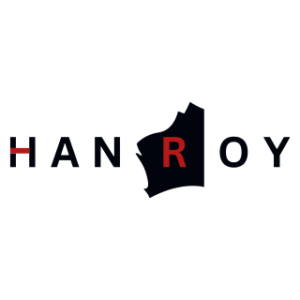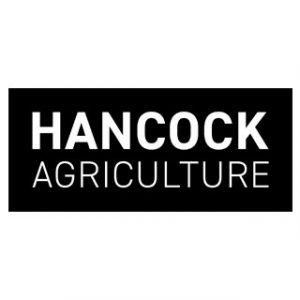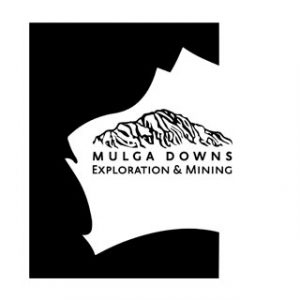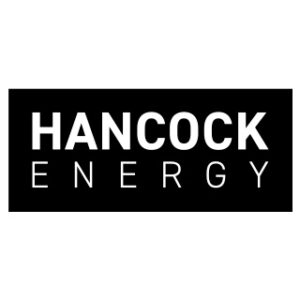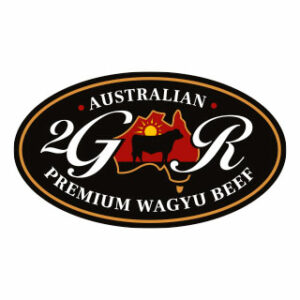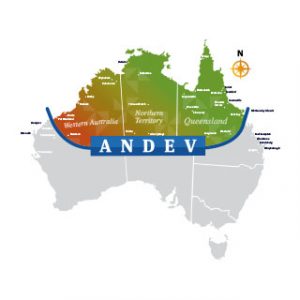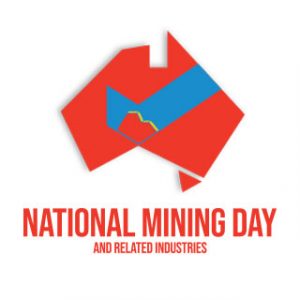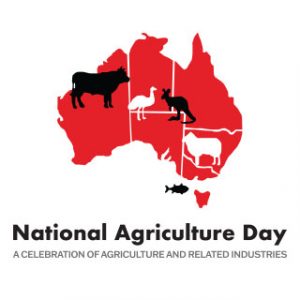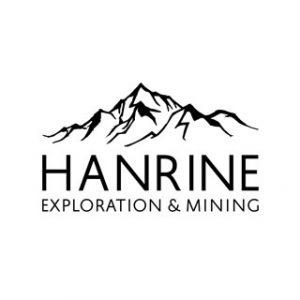
Article by Lim Chang-won courtesy of Aju Business Daily.
SEOUL –South Korea’s steel group POSCO will expand a strategic alliance with its Australian partner, Hancock, and cooperate in the mine development and processing of materials for electric vehicle batteries, at a time when the global raw material market remains unstable due to price hikes.
POSCO has invested more than four trillion won ($3.09) in Australia to acquire raw materials through business ties with Hancock and other local companies such as First Quantum Minerals and Pilbara Minerals. Hancock and Posco invested together in Australia’s largest single mine developed by Roy Hill in the Pilbara region of Western Australia.
POSCO chairman Choi Jeong-woo met with Hancock chairman Gina Rinehart on June 20 in Australia and signed a memorandum of understanding for strategic cooperation in developing iron ore mines and important metals such as lithium, nickel and copper. They also decided to push for a hot briquetted iron (HBI) project.
Choi anticipated “great synergy” if POSCO’s battery material value chain is combined with Hancock’s capabilities in mining for battery material projects. The steel group regards Australia as an important partner country in green hydrogen projects.
In March 2022, POSCO and Hancock discussed the establishment of a new plant to produce low-carbon HBI, which is a compacted form of direct reduced iron produced from the direct reduction of iron ore into metallic iron. HBI produces steel products after making reduced iron without carbon dioxide emissions by using hydrogen as a reducing agent.
Choi has presented a goal to invest 25 trillion won by 2030 and establish a system capable of producing 420,000 tons of cathodes and 260,000 tons of anodes. In March 2022, POSCO Chemical and General Motors agreed to build their joint venture plant in Quebec, Canada, to produce high-nickel cathode active materials.
In August 2021, POSCO tied up with Roy Hill to establish a cooperative system for the reduction of carbon emissions and seek the production of blue hydrogen using Australian natural gas and the establishment of a green hydrogen production base. Blue hydrogen is derived from natural gas with carbon capture technology while green hydrogen is produced from water using renewable power.
POSCO nurtures green hydrogen as one of its new growth engines. The group aims to produce up to 500,000 tons of blue hydrogen by 2030 and complete a five-million-ton green hydrogen production system by 2050.


